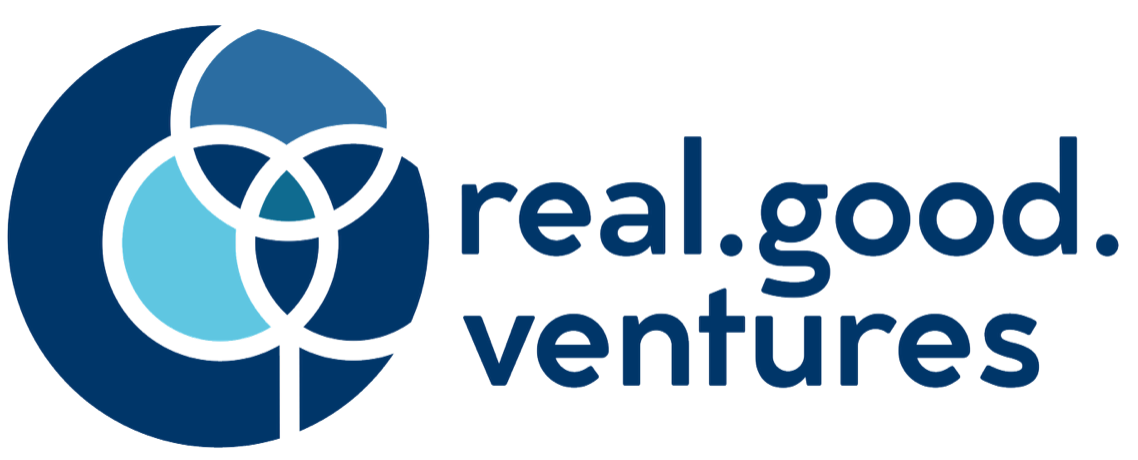Becoming the Leader You are Designed to Be
Our work with leaders in the last year has revealed a lot! Many good things and some others that are troubling. If the pandemic showed us anything, it revealed a vulnerability in how we have prepared leaders to manage crisis. In some cases, leaders were able to pivot successfully, in many others, they buckled under the weight of their inability to adapt or lack of vision to see how they should pivot to meet the immediate and extended needs of their teams. This week, we take a look at leadership, and how executives can apply what they’ve discovered about themselves and the leaders around them as they face the post-pandemic phase in 2021.
After nearly a year of operating in a crisis environment, we know what the attributes of good crisis leadership are: acute self-awareness, strong emotional intelligence, the resilience to absorb unforeseen shocks, adaptability to pivot based on new circumstances, and the ability to predict future scenarios.
Based on thousands of behavioral data from the Predictive Index platform, we know that many CxO tend to be what we categorize as “Exploring” types: leaders with a high-risk tolerance, self-confidence and autonomy to make decisions, and a positive and enthusiastic that contributes to maintaining an action-oriented culture. In the early stages of the pandemic, these behavioral attributes allowed them to step up to the challenge which came naturally.
We know from our work advising clients on execution that leadership is one of 5 key execution success factors, or KSE. We use Line-of-Sight, an execution optimization solution, to objectively measure organizations’ execution capabilities, or “execution health”; this allows our clients to score each KSE (on a scale from 0 to 100) and identify any execution vulnerability.
We looked back at the scores of clients we benchmarked during the pandemic. In normal times, an initial execution health assessment will yield a score in the mid-40s.
Remarkably though, our “pandemic cohort” clients showed much higher leadership scores from the outset, reaching into the mid-70s. The highest score was a stunning 81% - a score we would normally see after intensive leadership coaching.
Our data, therefore, confirm that leadership teams, based on our Line-of-Sight client sample, have significantly stepped up during the pandemic. This is great news for execution and it is evidence of an enlightened senior leadership that understands the power of real-time, objective data.
However, as we move into a post-pandemic phase, the question is: how long can leaders sustain the high-adrenalin pace of crisis leadership? Without a high degree of self-awareness, leaders are bound to run out of energy and focus and we are seeing evidence of burnout already.
As early as April 2020, McKinsey saw an opening for a new type of leadership for the future, retaining the “muscle memory” of crisis management’s positive attributes.
We also encourage our clients to seize the opportunity to up their leadership in the post-pandemic: clarify their strategic intent, communicate it broadly, simplify their dashboard, and care for their talent. When you have people in well-fit positions that align them with the work to be done, that is when engagement and fulfillment are able to peak. The data may very well show that you need different types of leaders in new positions to move things forward now.
How do you expect your own leadership to evolve in the post-pandemic?
To learn more about enhancing your own execution, please go to the “Contact Us” page and we will initiate an assessment of your execution capabilities.
